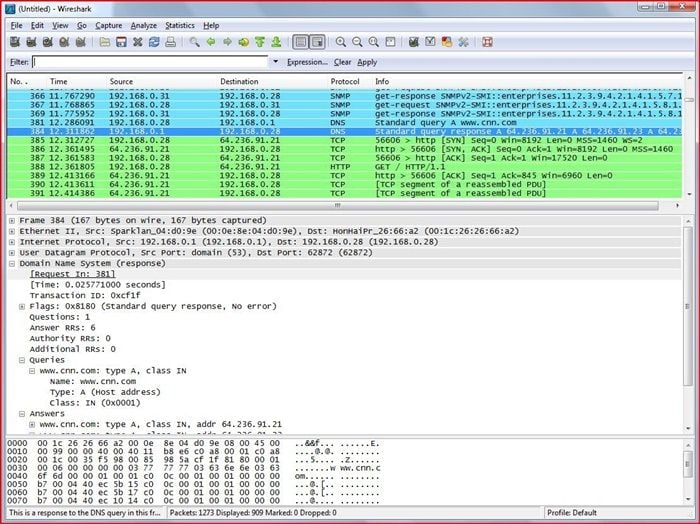

On modern networks that use devices called switches, Wireshark (or any other standard packet-capturing tool) can only sniff traffic between Second, Wireshark can’t grab traffic from all of the other systems on the network under normal circumstances. That means, you need to understand things such as the three-way TCP handshake and various protocols, including TCP, UDP, DHCP and ICMP. Use Wireshark, you need to learn exactly how a network operates. No tool, no matter how cool, replaces knowledge very well. Of course, Wireshark can’t do everything.įirst of all, it can’t help a user who has little understanding of network protocols. Those new to information security can use Wireshark as a tool to understand network traffic analysis, how communication takes place when particular protocols are involved and where it goes wrong when certain issues occur.

Additionally, Wireshark can be used as a learning tool. Wireshark is a safe tool used by government agencies, educational institutions, corporations, small businesses and nonprofits alike to troubleshoot network issues. It’s a major part of any IT pro’s toolkit – and hopefully, the IT pro has the knowledge to use it.

The contents of suspect network transactions and identify bursts of network traffic. Cybersecurity professionals often use Wireshark to trace connections, view Wireshark has many uses, including troubleshooting networks that have performance issues. After all, when using Wireshark on a networkĬonnection (or a flashlight in a cave), you’re effectively using a tool to hunt around tunnels and tubes to see what you can see. Folks who use Wireshark on a network are kind of like those who use flashlights to see what cool things they can find. Packet sniffing can be compared to spelunking – going inside a cave and hiking around. It also allows you to visualize entire conversations and network streams.įigure 1: Viewing a packet capture in Wireshark


 0 kommentar(er)
0 kommentar(er)
